North Korea’s Hwasong-12 launch
On 14th May 2017, North Korea launched a missile from a launch pad in the area of Kusong, in the northwest of the country. Initial reports were vague, stating that, “North Korea have launched an unidentified ballistic missile, travelling 700km and landing in the Sea of Japan”.
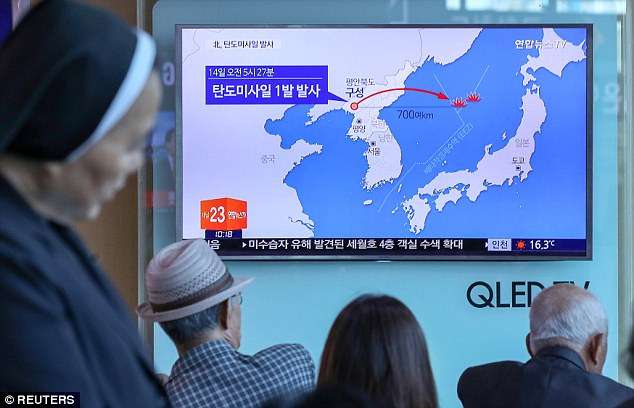
Since then, footage shown on North Korean state television showed the missile being launched. The missile has been dubbed the ‘Hwasong-12’ and has reportedly ‘the longest range of any ballistic missile successfully tested by North Korea.’
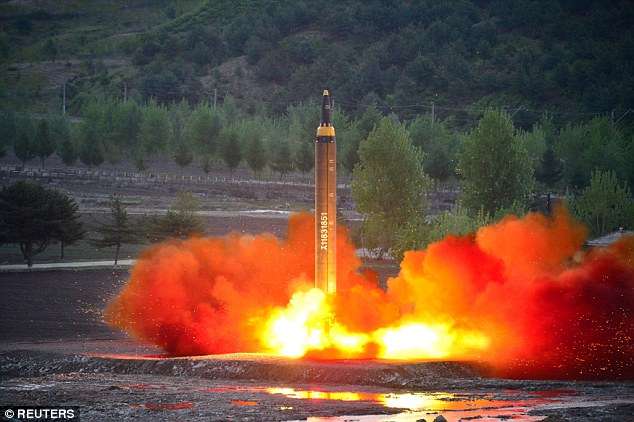
The Hwasong-12, a new intermediate range ballistic missile being launched on Sunday morning.
News media is stating that the missile travelled almost 500 miles, landing off the coast of Russia. Also that it has the longest range of any weapon successfully tested by Kim’s regime, with officials estimating it has a maximum range of 2,500 miles (4023 km). The key aspect of this launch according to the media is that it can potentially be capable of launching a ‘large size heavy nuclear warhead’ to the US mainland.
The following images were released by North Korean state television.

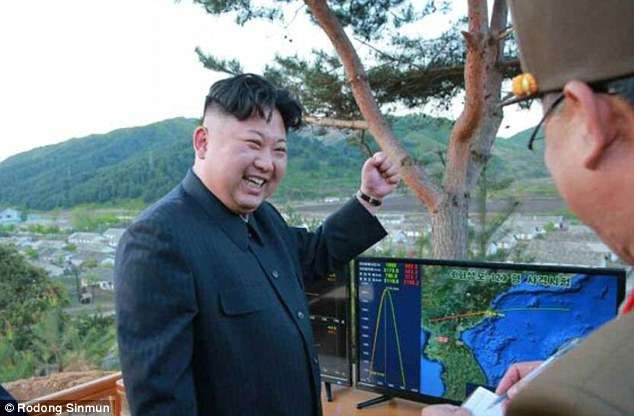
COMMENT: If we look at the following map, which was likely produced prior to the launch, we can assess that the missile landed in the approximate area of where it was planned to target.
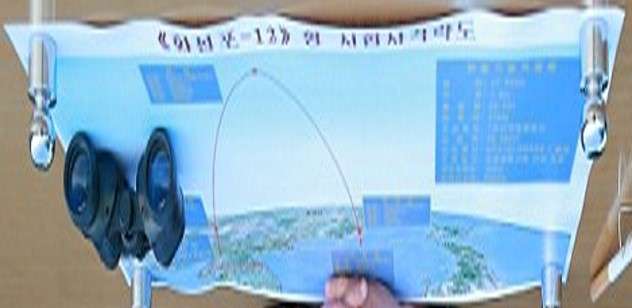
Using this image, again assuming it is accurate, we can get an accurate proximity of where the missile landed.
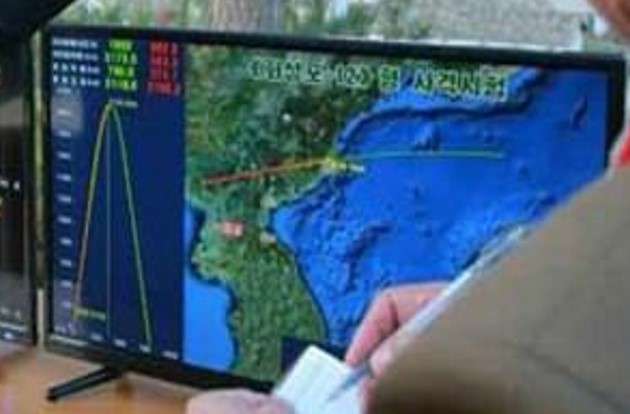
Based on that image it suggests the Hwasong-12 flew for 500 miles. COMMENT ENDS
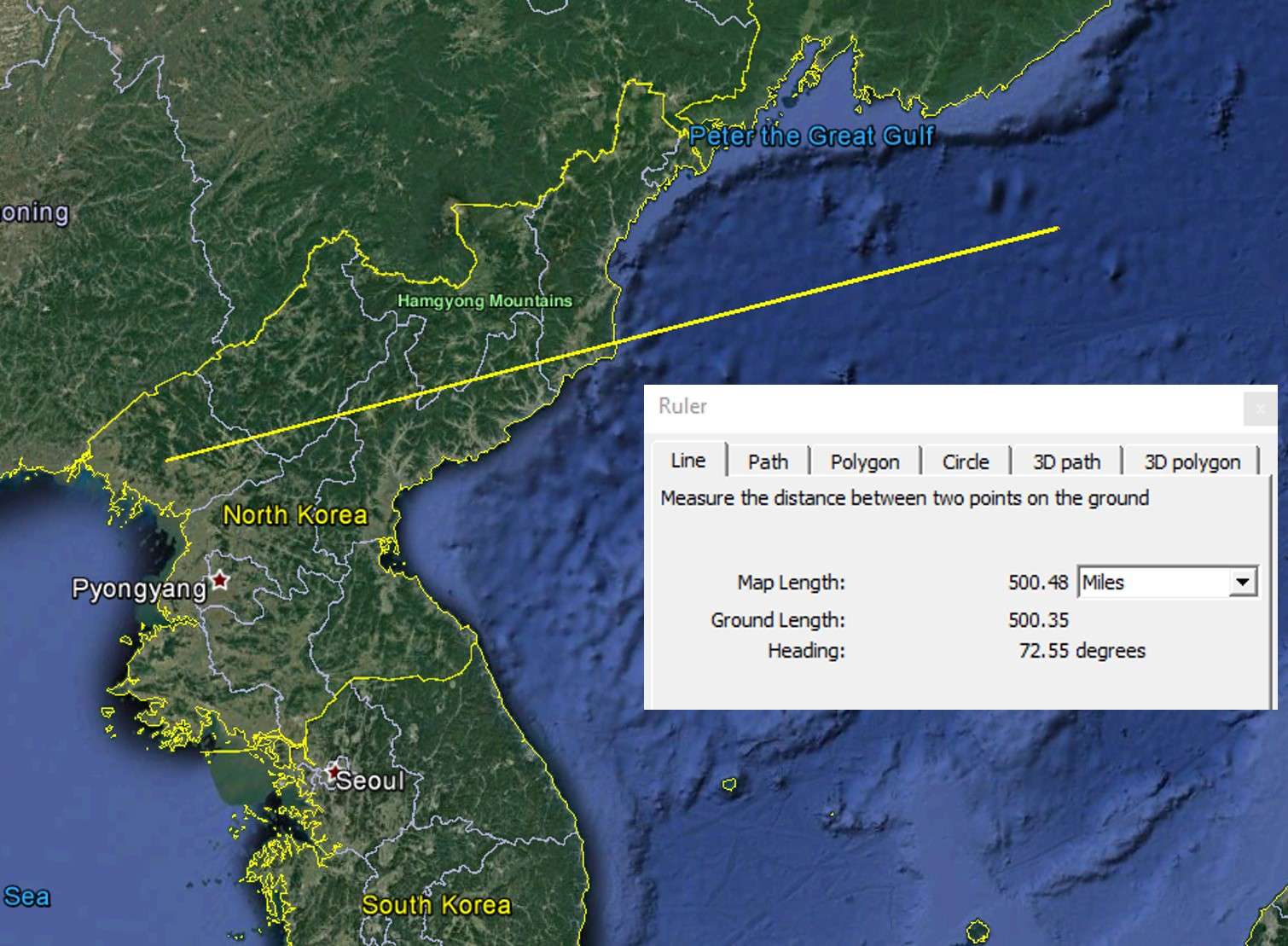
South Korean and Japanese officials have stated that, “it flew 435 miles and reached an altitude of more than 1,243 , which is further and higher than an intermediate-range missile tested in February from the same region, northwest of Pyongyang.”
John Schilling of Washington-based monitoring project 38 North said: ‘North Koreaâs latest successful missile test represents a level of performance never before seen from a North Korean missile. The missile would have flown a distance of some 4500 kilometers if launched on a maximum trajectory. It appears to have not only demonstrated an intermediate-range ballistic missile (IRBM) that might enable them to reliably strike the US base at Guam, but more importantly, may represent a substantial advance to developing an intercontinental ballistic missile (ICBM). Given speculation over the past months about the possibility of military action by the Trump administration to prevent Pyongyang from acquiring such a weapons, the possible testing of ICBM subsystems in this low-key manner may be a North Korean hedge against the possibility of such action.’
COMMENT: If the Hwasong-12 can therefore reach 4500km, that would put it past the Musadan BM-25, although not in range of the U.S. mainland as some media outlets are reporting. COMMENT ENDS
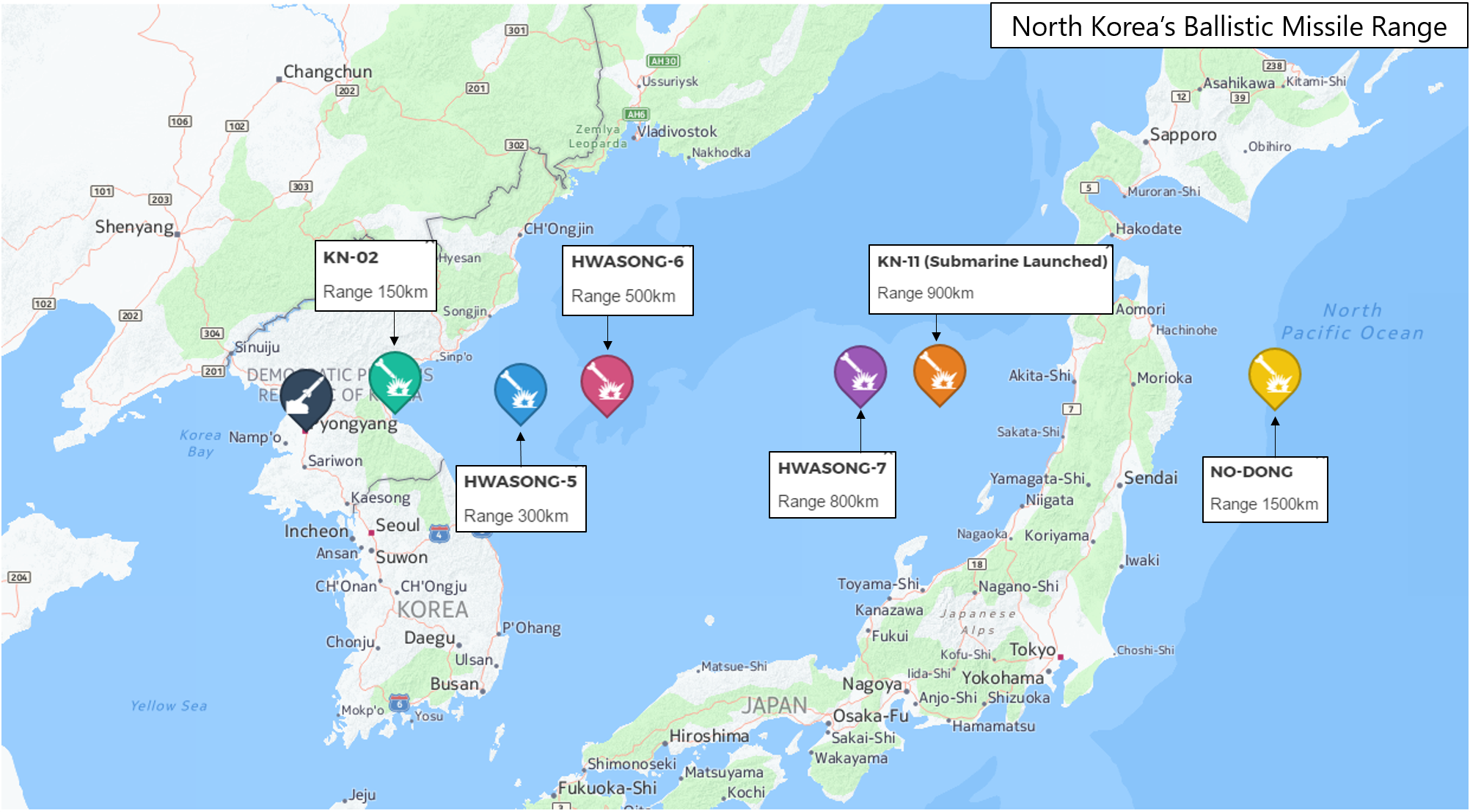
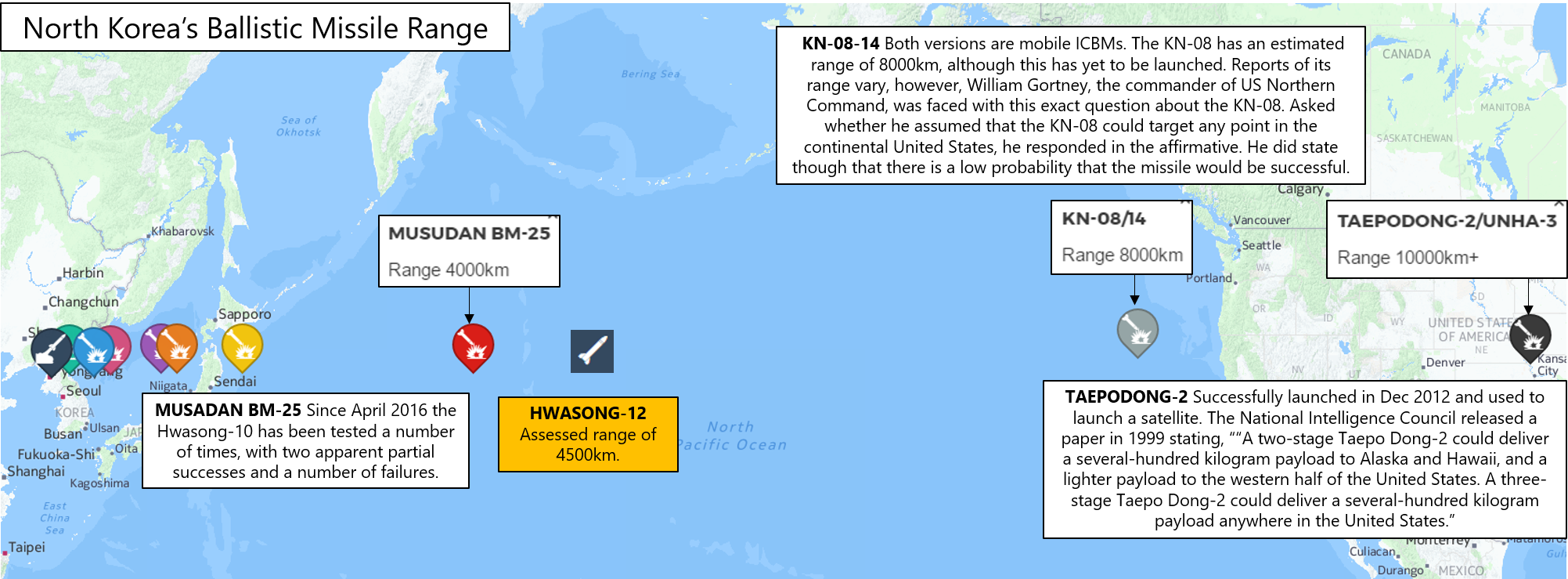


Click on the above smaller images to expand.
While this latest test is a worrying development, we should note that William Gortney, the commander of US Northern Command, when asked whether the KN-08 could target any point in the continental United States, he responded in the affirmative. He did state though that there is a low probability that the missile would be successful. In addition, from the 1999 National Intelligence Council paper, on âForeign Missile Developments and the Ballistic Missile Threat to the United States Through 2015â it stated. “A two-stage Taepo Dong-2 could deliver a several-hundred kilogram payload to Alaska and Hawaii, and a lighter payload to the western half of the United States. A three-stage Taepo Dong-2 could deliver a several-hundred kilogram payload anywhere in the United States.”
COMMENT: U.S. intelligence has therefore stated previously that North Korea already has the capability to strike the United States, this latest test is merely another example of the advancements they are making in rocketry. COMMENT ENDS

